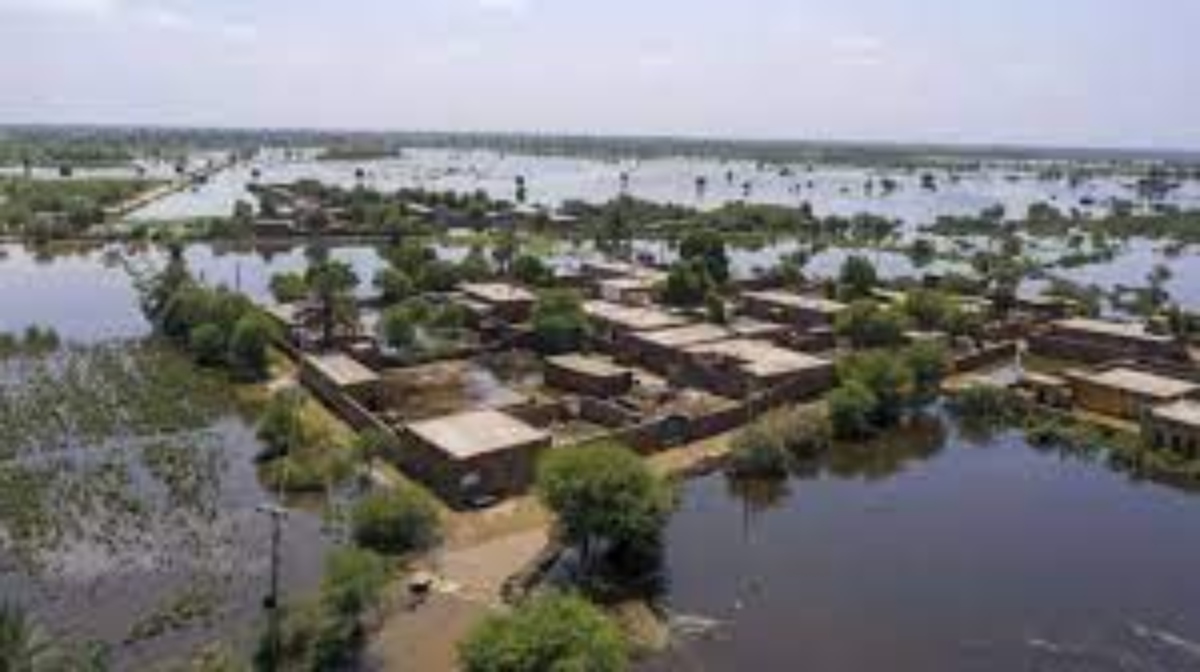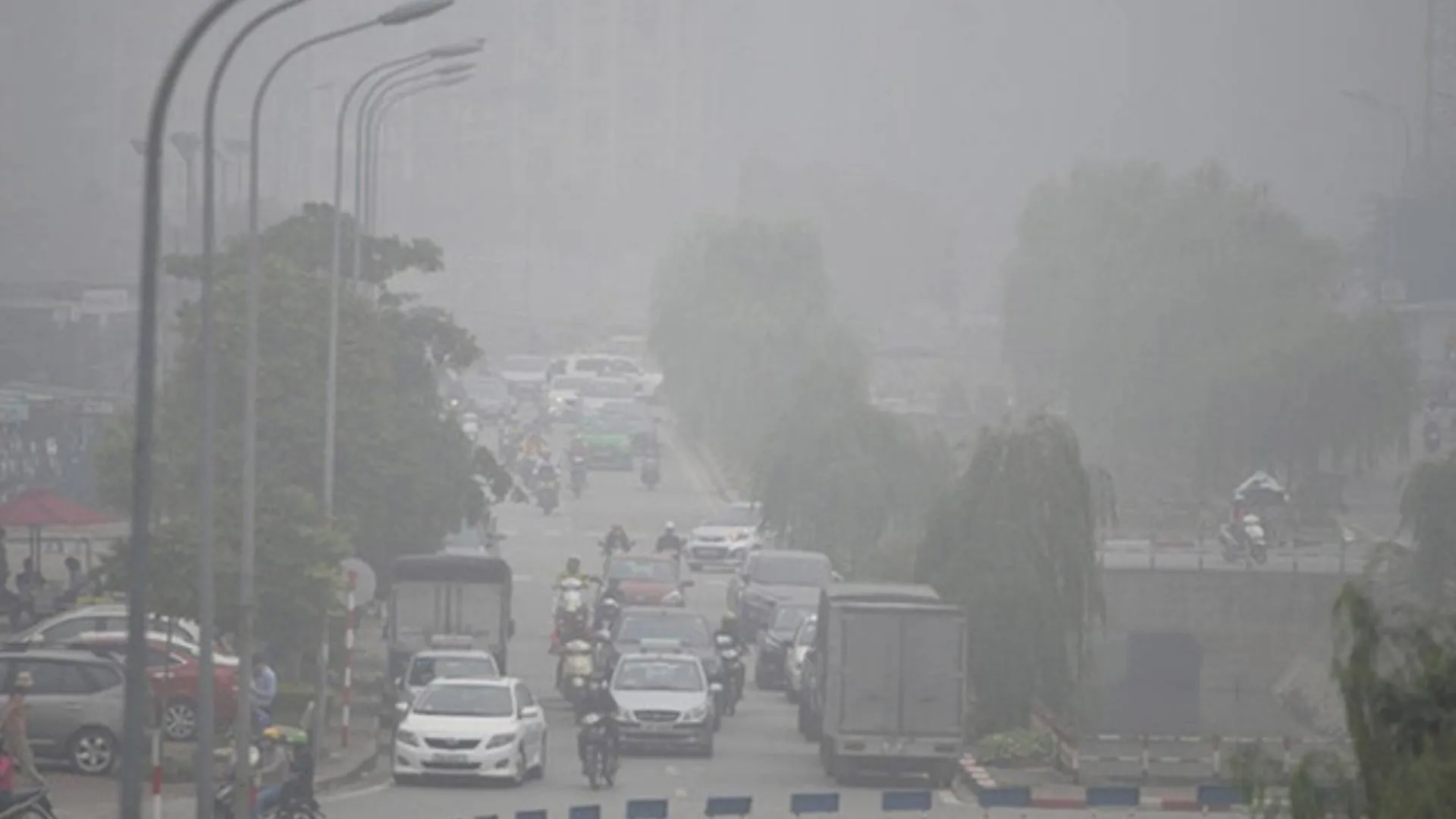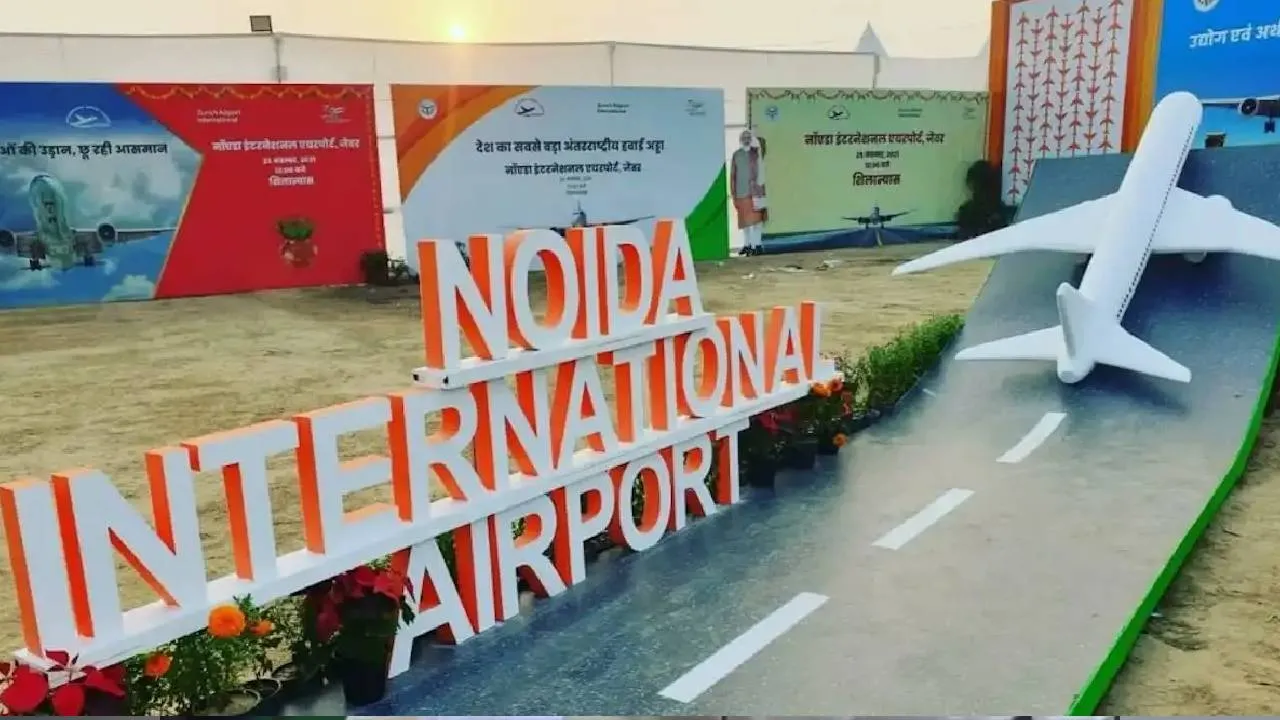More than 47,000 pregnant women affected by the floods in Pakistan are in shelter camps across Sindh Province, local media citing the provincial health minister reported on Sunday. Sindh Health Minister Azra Pechuho has shared statistics of women affected by the flood. She said hundreds of thousands of people have contracted various diseases after the floods. “More than 134,000 cases of diarrhoea and 44,000 cases of malaria have been reported in the province,” she added, as quoted by Dawn. On August 30, the United Nations Population Fund (UNFPA), a sexual and reproductive health agency, said that at least 650,000 pregnant women, of whom 73,000 were expected to deliver this month across the country, in the flood-affected areas were in dire need of maternal health services.
According to Pechuho, over 100,000 skin-related injuries, 101 snake bites, and 500 dog bites have been reported among flood victims so far, according to the Dawn newspaper. The UN agency had also warned that many women and girls were at an increased risk of gender-based violence (GBV) as almost one million houses were damaged in the floods that spelled suffering for millions across Pakistan. “Up to 73,000 women expected to deliver in September will need skilled birth attendants, newborn care, and support,” the agency had said, as quoted by Dawn.
PAKISTAN: Pakistan Prime Minister Shehbaz Sharif shared information about the devastating floods on Sunday and said that as many as 400 children have died due to the natural calamity. Taking to Twitter, Shehbaz Sharif urged UNICEF and other international organisations to deal with the risks associated with children in the floods, ARY News reported. “As a result of climate change, children are affected the most by flood disasters. Unfortunately, 400 children died, which is one-third of the total number of deaths. I appeal for help from UNICEF and other international organisations to save the lives of these children who are victims of water-borne diseases,” he said in a tweet.
According to the National Disaster Management Authority (NDMA) report, which was published on Saturday, the death toll had climbed to 1,290 as 26 more deaths were reported. Meanwhile, Pakistani government agencies and private NGOs continue with their relief operations, described as a “humanitarian disaster of epic proportions.” Large parts of the country remain submerged, particularly the provinces of Balochistan, Khyber Pakhtunkhwa, and Sindh in the south. At least 180 people have died in Sindh, followed by Khyber Pakhtunkhwa (138) and Balochistan (125), reported Geo News.























